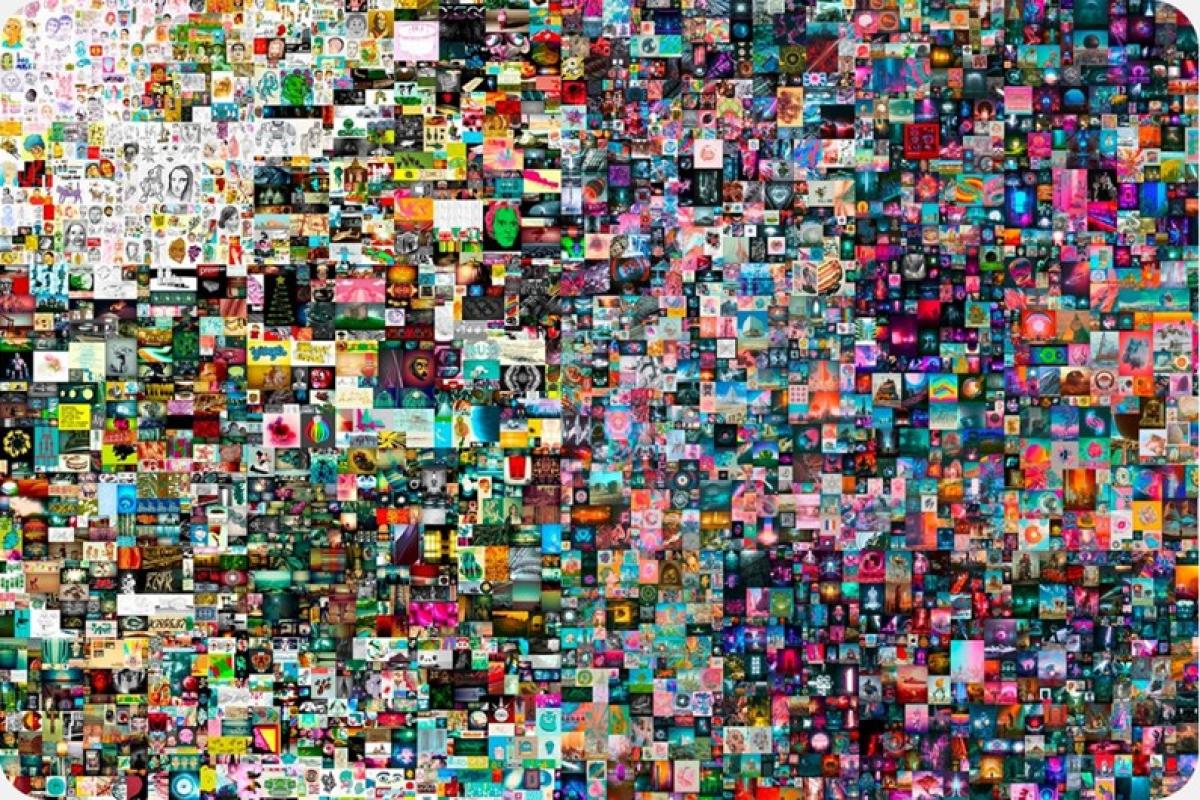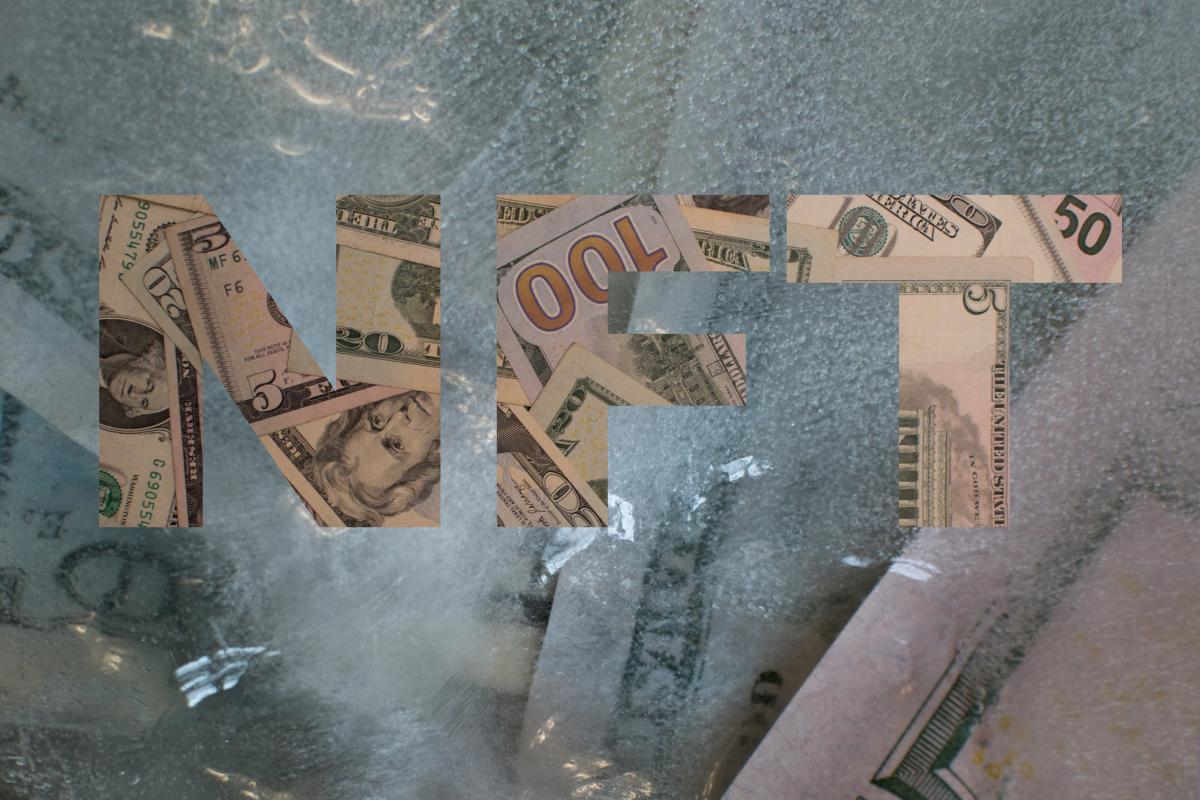By Derek Radu Smith, MSF, CFO of a stealth blockchain startup, formerly private equity & private credit.
Non‐fungible tokens (“NFTs”) have made headlines in 2021 with record‐breaking digital art sales. One such piece by artist Beeple sold for $69.3 million:

and a digital cartoon character called a CryptoPunk sold for $11.8 million:

Many individuals hear about these transactions and think NFTs are a con game or, if they have any value, their prices are in extreme bubble territory and are at risk of a near‐term burst. Because these images do not have a physical presence, like traditional art, it is hard to argue why one would not simply save these images on their computer instead of paying to own it on the blockchain.
While this market segment may well be in a bubble phase, there is more to the NFT story.
Non‐fungible simply means each individual token is unique and not interchangeable with others. This is analogous to an oil painting – copies can be made, but there will never be another painted that is identical to the original. In the case of Bitcoin, market participants generally view one bitcoin as equal to any other, thus Bitcoins are considered fungible. While digital art represents the first NFT use case to flourish, there are many more profound applications that may change the world.
Someday, sooner than you think, most tickets to concerts, movies, and theme parks will be in the form of NFTs on a blockchain. This would increase security, ease of purchase, and provide a souvenir to attendees akin to saving physical ticket stubs from favorite concerts as momentos.
In addition, it is likely that eventually, most patents will be NFTs on the blockchain. This would enable patents to be more easily monetized and allow retail investors to participate by buying NFTs that represent shares in a patent. Thus, whenever that patent is used, holders of the corresponding NFTs would receive a share of the royalty. For example, a company receives an order from a customer for a widget and sends a production order to an industrial 3D printer. The 3D printer automatically accesses the blockchain patent that covers the production of the widget and sends NFT holders of the patent their pro-rata shares of the royalty via cryptocurrency. The 3D printer is then granted access and produces the widget, and it eventually finds its way to the customer via amazon drone!
There is more. Currently, when one buys a home, a payment is made to a title company for thousands of dollars to confirm the ownership history and protect the buyer against unknown third‐party claims. This is another area that would greatly benefit from NFT technology. I contend that, sometime this decade, the ownership records of most real estate properties will be stored on the blockchain in the form of virtual NFT deeds. Bringing these onto a blockchain would reduce the burden on local municipalities and enable an integrated and immutable database that would be the ultimate source of ownership truth. Decreased bureaucracy, increased clarity, and lower acquisition closing costs would be byproducts of this change. This would also be instrumental in bringing the use of cryptocurrency as consideration in real estate transactions mainstream.
In many cases, NFTs represent the perfect platform for two or more parties to enter into a legal contract. These legal agreements are, by their very nature, unique and could be a great fit for NFT implementation. Some cryptocurrencies also have Turing‐complete smart contract capabilities. Thus, smart contracts on the blockchain can automatically perform certain actions based on predefined triggers. For example, one could buy an NFT that represents ownership in a specific cargo container of widgets. A smart contract could be set up to automatically pay the NFT holder in cryptocurrency upon the widgets arriving in port and having ownership transferred to the acquirer. Or in the gaming industry, an NFT could represent a bet made that a certain football team would win a specific match. The smart contract would automatically pay the NFT holder should their team win. Combining NFTs and smart contracts may result in substantial innovation across many sectors.
In summary, I advise against judging NFTs solely by the first form in which they have been popularized. They may very soon be part of your everyday routine.
About the Author:
Derek Radu Smith is experienced in financial modeling, valuation, data analytics, business systems, private equity, private credit, and blockchain.

He holds a Bachelor of Science in Finance from Penn State University, a Master of Science in Finance from American University, and a Business Innovation and Application of Blockchain Technologies certification from MIT Sloan School of Management. Derek is Chief Financial Officer of a blockchain start-up currently in stealth mode and has previously worked for Cambridge Associates, The Carlyle Group, and MidCap Financial.




